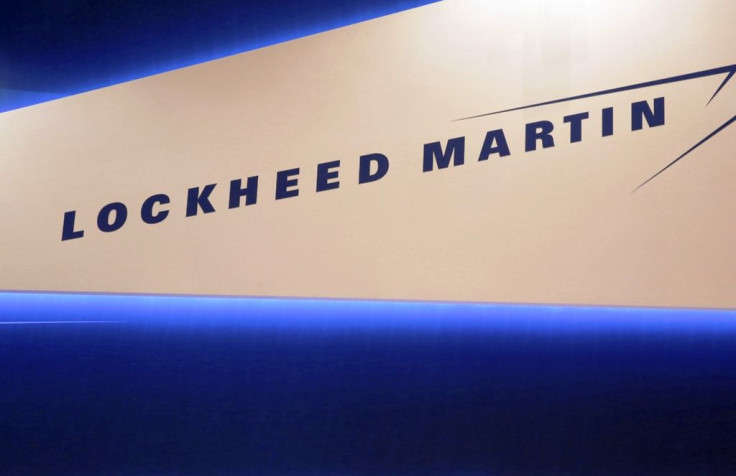Lockheed Martin, Raytheon And The Future Of Arms Deals In The Middle East

This article originally appeared on the Motley Fool.
More and more often, American defense contractors are finding some of their biggest defense markets lie halfway around the world, in the Middle East. This week, that means in the United Arab Emirates.
• Motley Fool Issues Rare Triple-Buy Alert
The UAE, you see -- already a big fan of the Patriot air defense system manufactured by Raytheon (NYSE:RTN) and Lockheed Martin (NYSE:LMT) -- is making a $2 billion investment to upgrade its arsenal. On Friday, the U.S. Defense Security Cooperation Agency notified Congress of a UAE request to purchase 100 advanced Patriot Guidance Enhanced Missiles (GEM-T) from Raytheon, and 60 even more advanced Patriot Advanced Capability-3 (PAC-3) missiles from Lockheed Martin.
PAC-3, GEM-T -- what's the difference?
Introduced in 1976, the Patriot missile defense system can best thought of as comprising two main parts: the Phased Array Tracking Radar to Intercept On Target (PATRIOT) radar, and the missile that follows this radar to its target.
Over the years, these missiles have been repeatedly upgraded, from the original MIM-104A missile, to the subsequent MIM-140B (PAC-1), and all the way up through Raytheon's GEM-T and Lockheed's PAC-3 (and the extended-range PAC-3 MSE missile that's currently the most advanced variant).
• This Stock Could Be Like Buying Amazon in 1997
Raytheon's GEM-T variant is optimized for defeating tactical ballistic missile (hence the "T"), although it can also be used to engage cruise missiles and hostile aircraft. Raytheon recommends that GEM-T missiles be used in "complement to the PAC-3 missile," which Lockheed Martin calls "the world's most effective air and missile defense interceptor" and the "best" defense against tactical ballistic missiles.
PAC-3, GEM-T -- what do they mean for investors?
Past DSCA notifications to Congress suggest that Raytheon's GEM-T missiles sell internationally for as little as $4.3 million per unit, while PAC-3s cost about $3.4 million. All else being equal, therefore, you might expect this arms deal to yield no more than $430 million in revenue for Raytheon (about 8% of annual revenues at Raytheon's Integrated Defense Systems division, according to data from S&P Global Market Intelligence) and about $204 million for Lockheed Martin (3% of that company's Missiles and Fire Control revenues).
Those are significant numbers, no doubt, but the profit potential from this arms deal could be even larger than meets the eye. This is because DSCA's notification makes clear that between them, Raytheon and Lockheed will be clearing not ($430 million plus $204 million equals) $634 million from this deal -- but $2 billion. And this implies that the Pentagon has negotiated very advantageous pricing terms on the weapons in question.
Given that Raytheon already earns 17.3% operating profit margins on its air defense missiles (its most profitable business segment), and that Lockheed earns 14.7% operating margins (likewise its most profitable business) at ordinary rates, the possibility that these companies will earn even bigger profit margins on this particular deal should have investors smiling.
• 7 of 8 People Are Clueless About This Trillion-Dollar Market
Simply put, while this is only one transaction we're talking about, and even a rather small one relative to the enormous size of both these companies' businesses, it's a very lucrative deal indeed for both companies involved. As if defense companies weren't already motivated enough to seek new markets for their products, outside the U.S., the potential for outsize profits here make it clear why the Mideast the key market for defense contractors to target today.
Rich Smith has no position in any stocks mentioned. The Motley Fool has no position in any of the stocks mentioned. The Motley Fool has a disclosure policy.





















